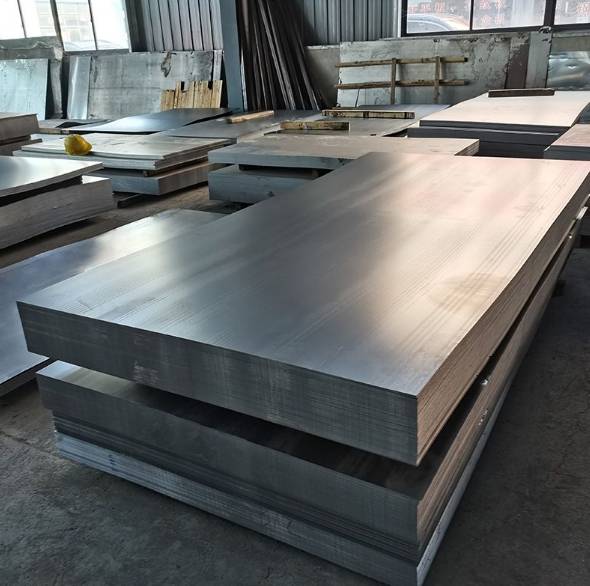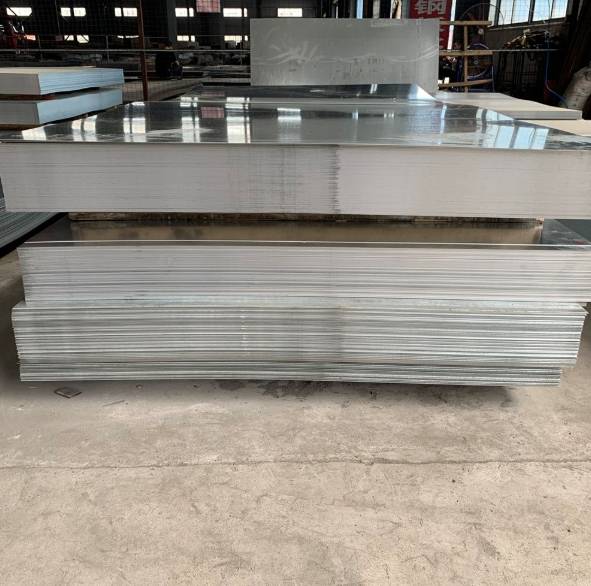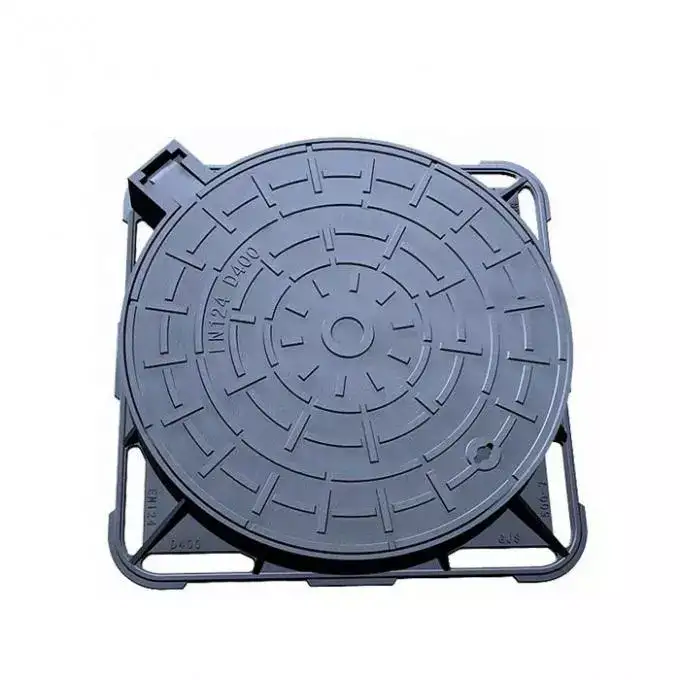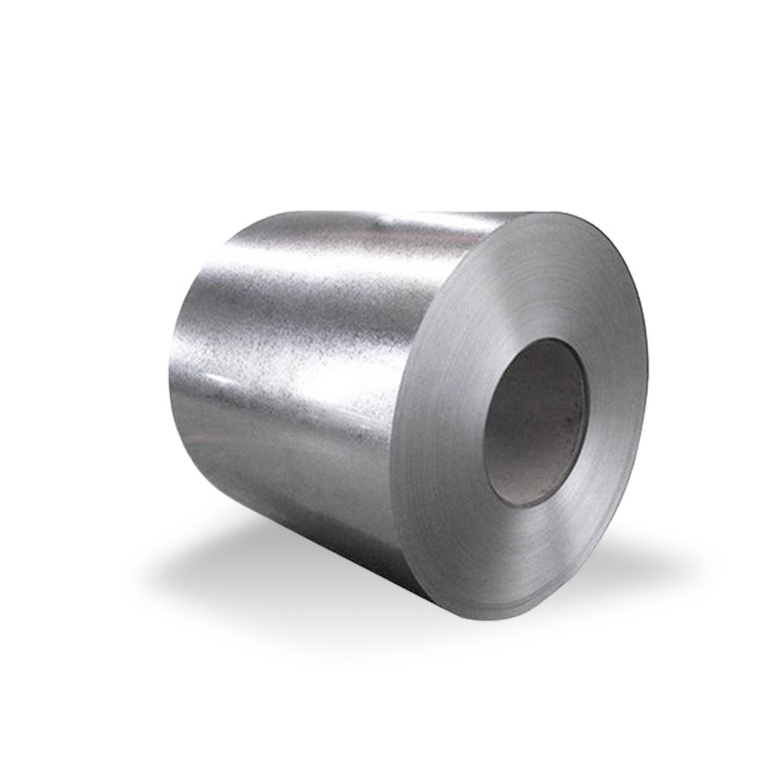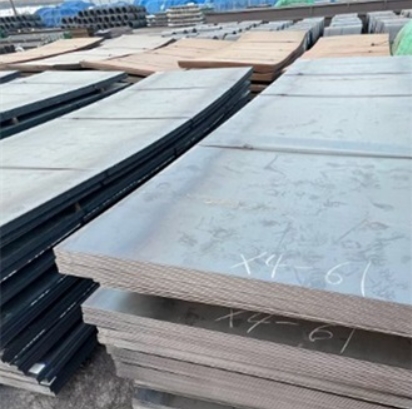Are you working with gauge galvanized steel and wondering how much your sheets weigh? Knowing the weight is crucial for shipping, installation, and structural calculations. Specifically, 26 gauge galvanized steel is common in many industries, but calculating its weight can seem tricky at first. Luckily, there are three simple formulas that make this task straightforward. In this article, I’ll walk you through these formulas, share real-world examples, and give you tips to avoid common mistakes.
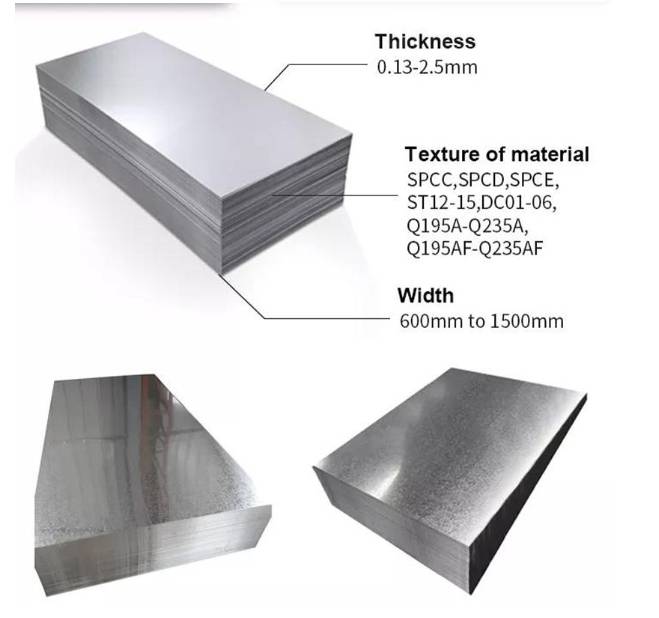
Understanding Gauge Galvanized Steel
What is Gauge Galvanized Steel?
Gauge galvanized steel refers to sheets measured by gauge, a standard indicating thickness. The lower the gauge number, the thicker the steel. For example, 26 gauge is roughly 0.0187 inches thick, but this can vary slightly depending on standards.
Why knowing the weight matters
Knowing the weight helps with calculating shipping costs, structural support, and material planning. Plus, it ensures safety and compliance in construction projects.
Transition: Now, let’s explore how to calculate the weight of 26 gauge galvanized steel using simple formulas.
1. Basic Formula for Calculating Steel Sheet Weight
The Problem
Many people struggle to convert gauge measurements into weight because of inconsistent formulas.
The Solution
The most straightforward method uses the formula:
Weight (lb) = Area (sq ft) × Thickness (in) × Density (lb/cu ft)
Where:
- Area is the sheet’s surface area
- Thickness is the gauge thickness in inches
- Density is the steel’s density, typically 490 lb/cu ft for galvanized steel
Real-World Example
Suppose you have a sheet measuring 4 ft by 8 ft.
- Area = 32 sq ft
- Thickness of 26 gauge steel ≈ 0.0187 in
- Density = 490 lb/cu ft
Applying the formula:
Weight = 32 × 0.0187 × 490 ≈ 293.4 lb
Transition: However, using this basic formula can sometimes be cumbersome for quick estimates. That’s why we have more streamlined formulas.
2. Simplified Formula Based on Gauge Standards
The Problem
Calculating each time from scratch can be tedious, especially for multiple sheets.
The Solution
Use a pre-calculated conversion factor for 26 gauge galvanized steel.
Formula:
Weight (lb) = Area (sq ft) × Weight per square foot
For 26 gauge galvanized steel, the typical weight is approximately 1.67 lb per square foot.
Case Study
If you have a 10 ft by 12 ft sheet:
Area = 120 sq ft
Weight = 120 × 1.67 ≈ 200.4 lb
This method simplifies calculations and saves time.
Transition: Still, for precise engineering, you might prefer an even more accurate formula.
3. Advanced Formula Using Precise Thickness and Density
The Problem
Sometimes, you need high accuracy for engineering or manufacturing purposes.
The Solution
Use the detailed formula incorporating exact thickness and density:
Weight (kg) = Area (m²) × Thickness (mm) × Density (kg/m³)
Where:
- Thickness in millimeters (for 26 gauge, ≈ 0.471 mm)
- Density of galvanized steel ≈ 7850 kg/m³
Example Calculation
For a sheet measuring 2 m by 3 m:
- Area = 6 m²
- Thickness = 0.471 mm = 0.000471 m
- Weight = 6 × 0.000471 × 7850 ≈ 22.2 kg
Related keywords:
Precise weight calculation, engineering standards, metric formulas
Transition: Now, let’s compare these formulas with actual data to see which is best suited for your needs.
4. Comparing Formulas: A Practical Analysis
The Problem
Which formula provides the most accurate, easiest calculation?
The Solution
Here’s a comparison table:
| Feature | Formula 1 | Formula 2 | Formula 3 |
|---|---|---|---|
| Suitable for | Quick estimates | General use | Precise engineering |
| Requires | Area, thickness, density | Area | Area, thickness, density |
| Accuracy | Moderate | Good | Very high |
| Ease of use | Moderate | High | Moderate |
Note: For most practical purposes, Formula 2 offers a good balance between simplicity and accuracy.
Real Data Reference
According to industry standards, 26 gauge galvanized steel weighs approximately 1.67 lb per sq ft (source: Steel Sheet Weight Data, 2023).
5. Step-by-Step Guide to Calculating Steel Weight
The Problem
How do you accurately compute the weight of gauge galvanized steel sheets for your project?
The Solution
Follow these five steps:
- Determine the sheet dimensions in feet or meters.
- Calculate the surface area (length × width).
- Identify the gauge thickness in inches or millimeters.
- Select the appropriate formula based on your precision needs.
- Compute the weight using the chosen formula.
Example
Suppose you have a 5 ft × 10 ft sheet of 26 gauge galvanized steel.
- Area = 50 sq ft
- Thickness ≈ 0.0187 in
- Using Formula 2:
Weight = 50 × 1.67 ≈ 83.5 lb
Transition: Remember, always double-check your measurements and units.
⚠️ Common Mistakes and Warnings
⚠️ Note:
Don’t assume all 26 gauge galvanized steel sheets have the same thickness. Variations exist among manufacturers, so always verify specifications.
⚠️ Note:
Avoid mixing units—inch vs. millimeter—without proper conversion.
⚠️ Note:
Beware of outdated data; always refer to the latest standards or manufacturer info.
Final Practical Checklist
- Confirm sheet dimensions accurately.
- Use the correct gauge-to-thickness conversion.
- Decide on the level of calculation precision needed.
- Use the appropriate formula (basic, simplified, or advanced).
- Cross-reference with manufacturer specifications.
- Double-check unit conversions.
- Incorporate safety factors if necessary.
- Document your calculations for future reference.
- Regularly update your data sources.
- Consult industry standards for confirmation.
Why Choose Us?
At Shanxi Luokaiwei Steel Company, we offer high-quality gauge galvanized steel with precise specifications, reliable delivery, and competitive prices. Our team provides technical support to help you choose the right materials and calculations. I’ve personally worked with their products, and I can confidently say their gauge galvanized steel exceeds industry standards, saving my projects time and money.
Conclusion
Calculating the weight of gauge galvanized steel doesn’t have to be complicated. Whether you need quick estimates or precise measurements, these three formulas cover your needs. Remember to verify your data and avoid common pitfalls. Using the right method ensures your project stays on track, safe, and cost-effective.
Ready to get started? Use our practical checklist, choose the right formula, and trust Shanxi Luokaiwei Steel for your steel needs. Reach out today for expert advice and quality materials!
Your ultimate guide to calculating gauge galvanized steel weight—simple, accurate, and reliable!


